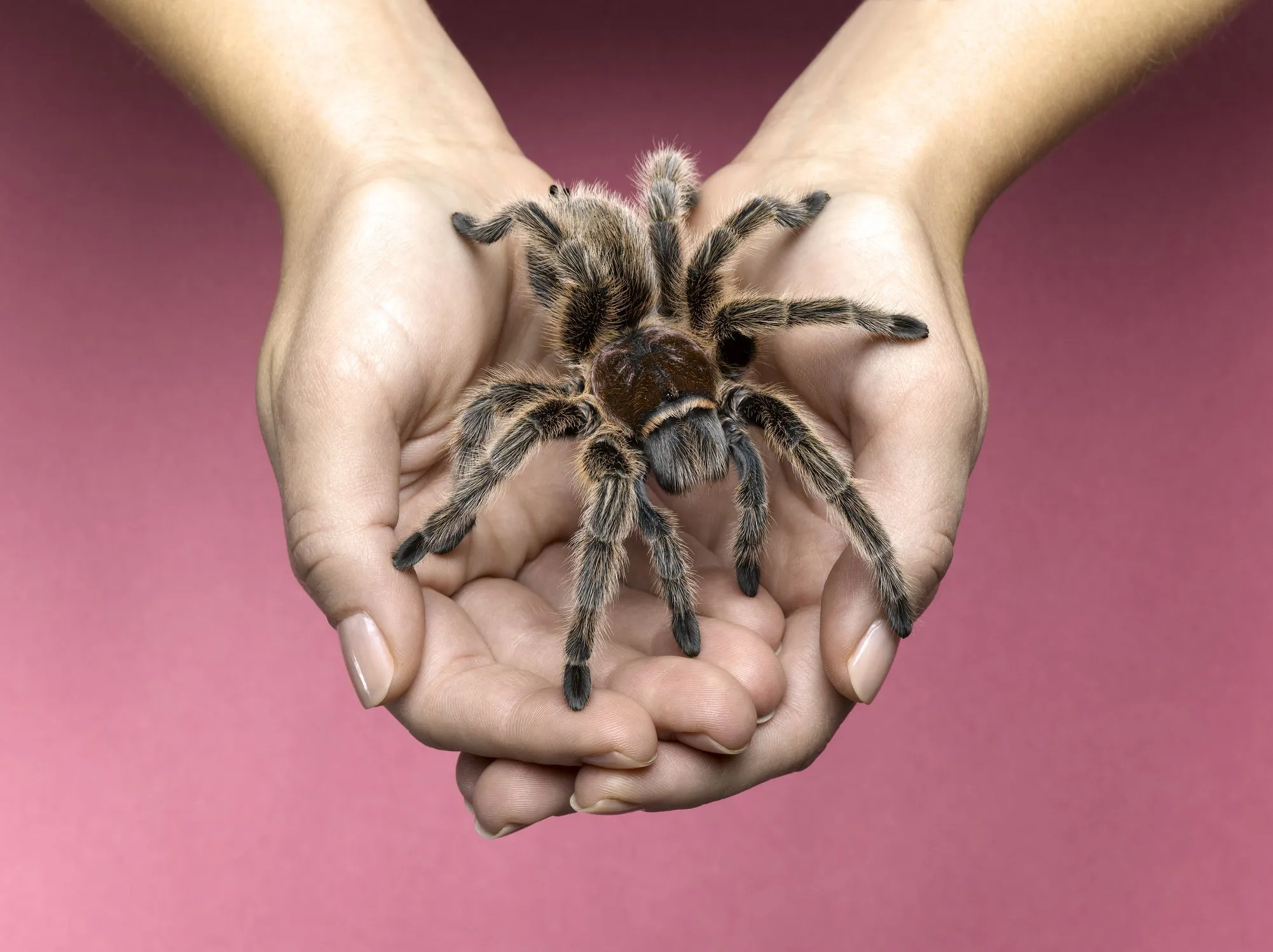Embarking on the journey of pet tarantula ownership in Ontario can be an exciting and rewarding experience. These fascinating creatures, with their intricate behaviors and striking appearances, have captured the hearts of many. This comprehensive guide provides essential information for potential and current pet tarantula owners in Ontario, covering everything from choosing the right species to ensuring their long-term health and well-being. Whether you’re a complete beginner or looking to expand your knowledge, this guide will equip you with the necessary insights to provide a thriving environment for your eight-legged companion. From understanding local regulations to mastering the art of tarantula care, let’s delve into the world of pet tarantulas in Ontario. It’s a unique opportunity to learn about responsible pet ownership and the fascinating world of arachnids.
Choosing Your Pet Tarantula in Ontario
Selecting the right tarantula is the first and most crucial step in responsible pet ownership. Not all species are created equal, and some are better suited for beginners than others. Research is key, considering factors like temperament, size, and ease of care. Before bringing a tarantula home, it’s essential to understand the specific needs of the species you’re considering. This includes its natural habitat, feeding habits, and potential lifespan. In Ontario, where the climate can vary significantly, it’s important to choose a species that can thrive in a controlled indoor environment. Avoid impulse buys and prioritize species that are known for being docile and relatively easy to care for, making sure you will be able to accommodate the animal for a long time.
Consider Species and Temperament
When selecting a pet tarantula, temperament should be a top priority. Some species are known for their docile nature, while others can be more defensive or skittish. For beginners, the Grammostola genus, such as the Chilean Rose Hair tarantula, is often recommended due to their gentle temperament and relatively low maintenance needs. Always research the specific species you’re considering, as individual personalities can vary. Consider the size of the tarantula. Larger species require more space and can have different care requirements. Consider also the potential for urticating hairs, a defense mechanism in some species that can cause skin irritation. Ensure that you are prepared for any potential health issues, as it will impact your handling practices.
Researching Local Availability
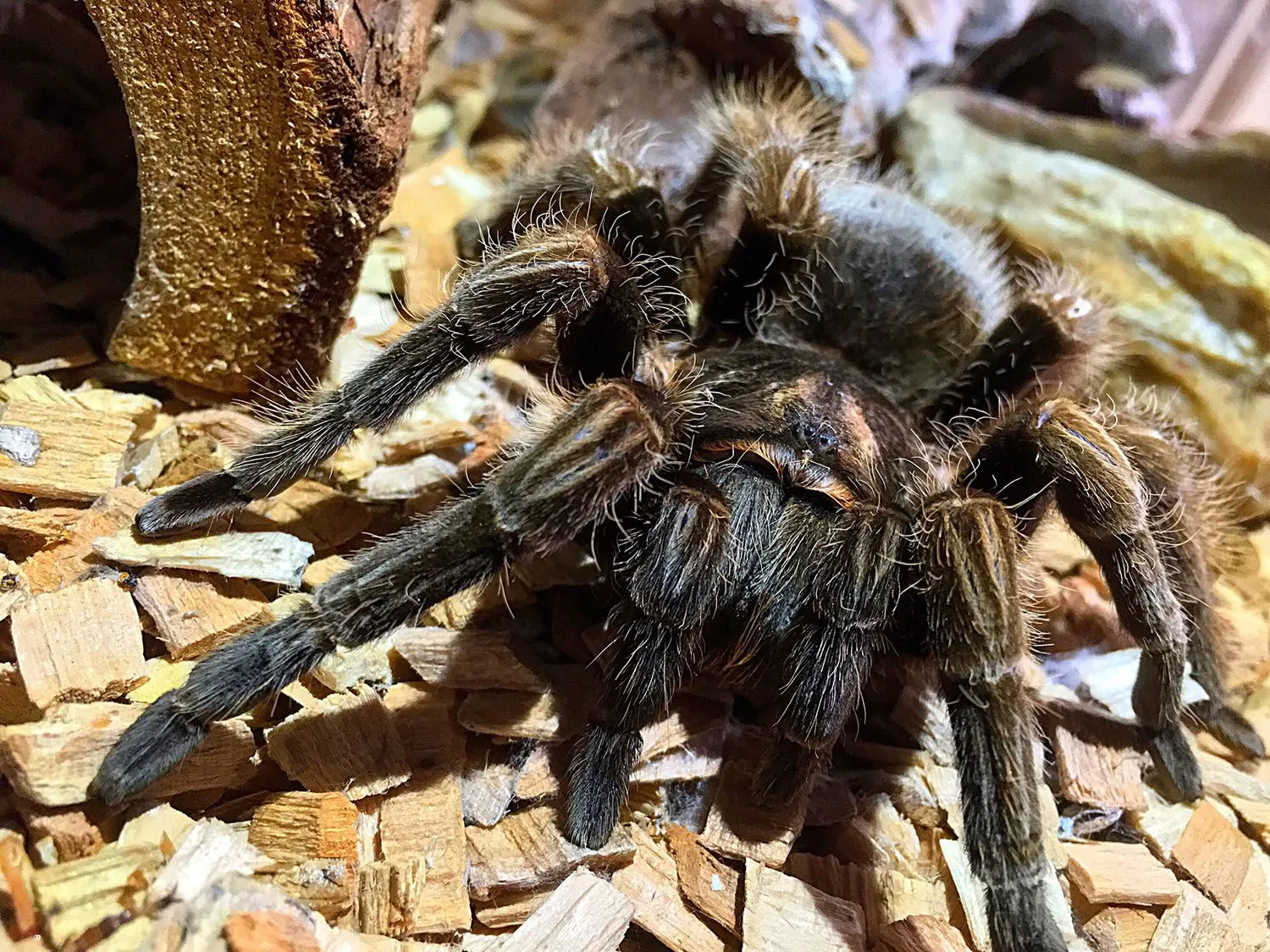
Before purchasing a tarantula, investigate local pet stores and breeders in Ontario. Check for reputable sources that prioritize the health and well-being of their animals. Ask questions about the tarantulas’ origins, health, and care history. Consider attending local reptile or exotic pet shows, where you can meet breeders and see different species. Avoid purchasing from unreliable sources or online platforms that may not provide adequate information or support. Verify that the tarantula appears healthy, active, and free from any signs of illness or injury. A well-informed purchase will greatly enhance your chances of successfully caring for your pet tarantula. Be patient in the process, as finding a healthy tarantula may take time and effort, but will be worth it.
Understanding Ontario’s Regulations
It’s essential to familiarize yourself with any local regulations regarding the ownership of exotic pets in Ontario. While tarantulas are generally legal to own, some municipalities may have specific bylaws or restrictions. Check with your local government or animal control to ensure compliance with any permits or licenses required. Research if there are any restrictions on importing or exporting tarantulas. You should be familiar with the Ontario Society for the Prevention of Cruelty to Animals (OSPCA) guidelines and how they apply to the care of your pet tarantula. Understanding these regulations will help ensure you are a responsible pet owner and avoid any legal issues. Staying informed and compliant with local laws is a crucial aspect of responsible tarantula ownership.
Setting Up Your Pet Tarantula Habitat
Creating an appropriate habitat is essential for the health and well-being of your pet tarantula. The enclosure should mimic the tarantula’s natural environment as closely as possible, providing the necessary space, shelter, and environmental conditions. Proper setup not only ensures the physical health of your tarantula but also minimizes stress and encourages natural behaviors. The enclosure size, substrate, and furnishings should be selected according to the tarantula species. A well-designed habitat will provide a safe, comfortable, and stimulating environment for your pet tarantula.
Selecting the Right Enclosure
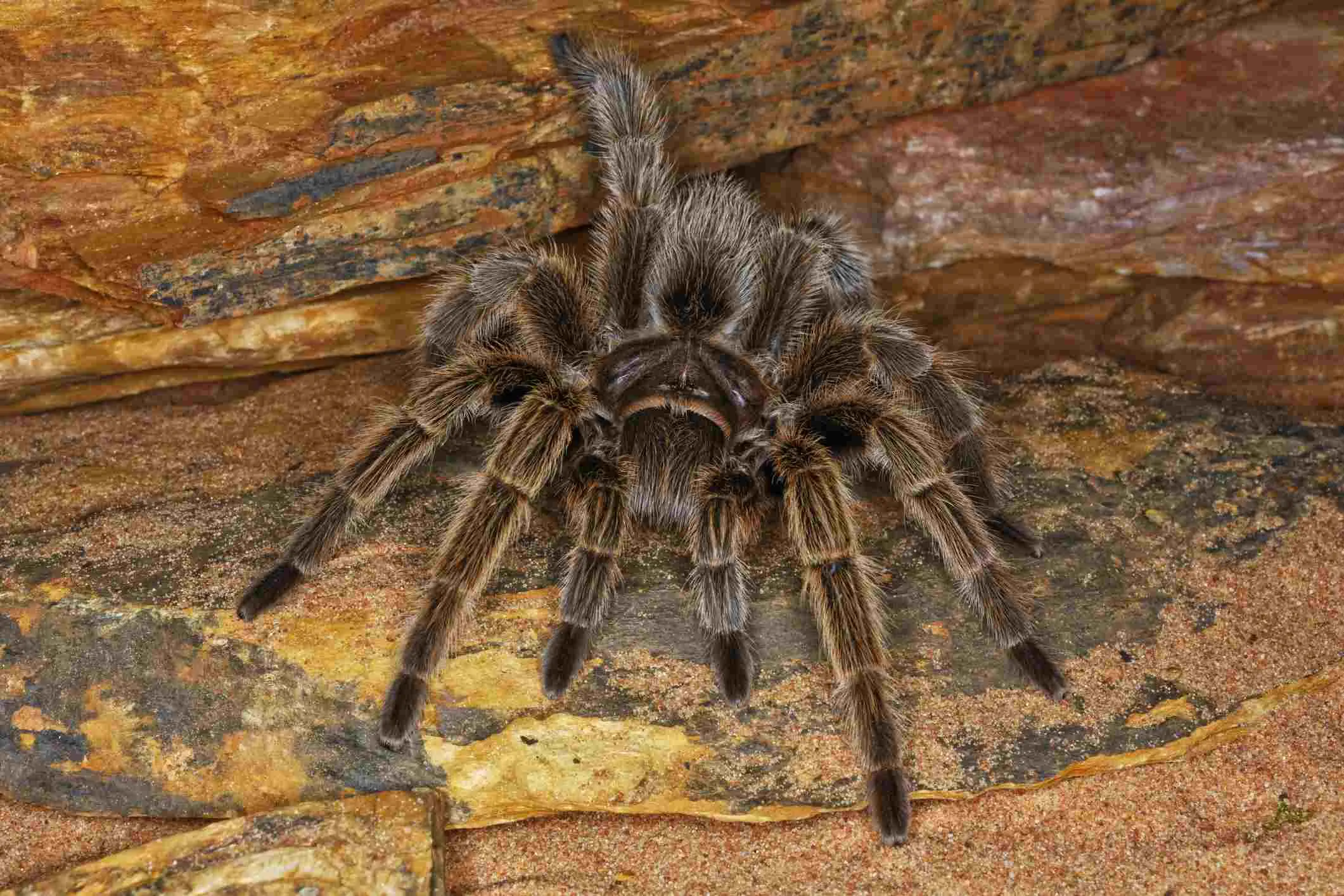
Choose an enclosure that is appropriate for the size and species of your tarantula. A secure enclosure with a tight-fitting lid is crucial to prevent escape. Glass or clear plastic terrariums are popular choices, allowing for easy viewing and observation. The size of the enclosure should accommodate the tarantula’s adult size, allowing for adequate space to move around and build a burrow. Ensure the enclosure has proper ventilation to prevent the buildup of excess humidity and promote air circulation. Consider the type of tarantula—arboreal species (living in trees) require taller enclosures with climbing structures, while terrestrial species (living on the ground) need wider enclosures. Be careful with placement; ensure the enclosure is in a place that isn’t exposed to direct sunlight.
Substrate and Furnishing Essentials
The substrate, or bedding, should be appropriate for the tarantula’s natural habitat and facilitate burrowing or web-spinning. A mixture of coconut fiber, peat moss, and vermiculite is often recommended for terrestrial species, providing good moisture retention and burrowing capabilities. For arboreal species, incorporate cork bark, branches, and artificial plants to create a vertical habitat. Provide a water dish with fresh, clean water at all times. Add a hide or shelter, such as a piece of cork bark or a hollow log, where the tarantula can retreat to feel safe and secure. Avoid sharp objects or materials that could injure the tarantula. The right substrate and furnishings will not only enhance the aesthetics of the enclosure but will also significantly impact your tarantula’s health and well-being.
Maintaining Optimal Temperature and Humidity
Tarantulas are ectothermic, meaning they rely on external sources to regulate their body temperature. Maintain the appropriate temperature range for the specific species, typically between 75-85°F (24-29°C). Use a heat mat or a ceramic heat emitter to provide supplemental heating, ensuring the heat source is properly regulated with a thermostat to prevent overheating. Regularly monitor the temperature using a thermometer placed inside the enclosure. Also, you should maintain appropriate humidity levels, typically between 60-80%, depending on the species. You can achieve this by misting the enclosure with water, particularly for tropical species. Ensure that there is adequate ventilation to prevent the buildup of mold and mildew. A combination of controlled temperature and humidity will help your tarantula thrive.
Feeding Your Pet Tarantula
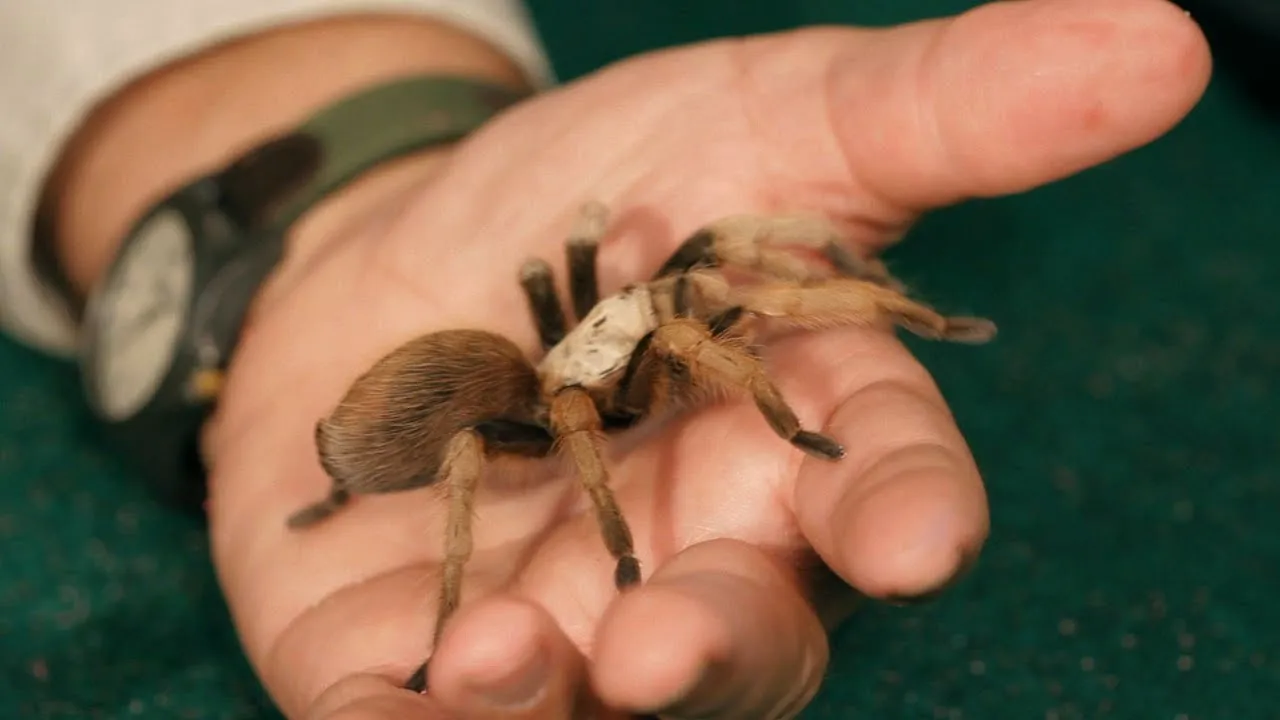
Feeding your pet tarantula is a straightforward process, but it’s essential to understand its nutritional needs to ensure its health and vitality. Tarantulas are carnivores, primarily feeding on insects in the wild. In captivity, you must provide a diet that replicates this natural diet, offering a variety of prey items to meet the tarantula’s nutritional requirements. The size and frequency of feeding will depend on the tarantula’s species, age, and stage of growth. Overfeeding can be as harmful as underfeeding, so it’s important to observe your tarantula and adjust its feeding schedule accordingly.
Nutritional Needs and Diet
Tarantulas require a diet primarily consisting of insects, such as crickets, mealworms, and cockroaches. The type and size of insects should be appropriate for the tarantula’s size. It’s important to gut-load the insects before feeding them to your tarantula. Gut-loading involves feeding the insects nutritious foods, such as vegetables and fruits, a day or two before feeding them to the tarantula. This increases the nutritional value of the insects, providing your tarantula with essential vitamins and minerals. Avoid feeding wild-caught insects, as they may carry parasites or pesticides that can be harmful to your tarantula. You can also supplement your tarantula’s diet with commercially available tarantula food, but live insects should be the primary food source.
Feeding Frequency and Portion Control
The feeding frequency depends on the age and growth stage of your tarantula. Spiderlings typically need to be fed more frequently, often every few days, while adult tarantulas can be fed less frequently, usually once or twice a week. Observe your tarantula’s behavior and adjust the feeding schedule accordingly. If your tarantula refuses to eat, it may be preparing to molt or may have other health issues. Remove any uneaten prey from the enclosure within 24 hours to prevent stress and the risk of your tarantula being bitten. The portion size should be appropriate for the size of your tarantula. Overfeeding can lead to obesity, while underfeeding can stunt growth. Monitor your tarantula’s abdomen size. An abdomen that is too large could indicate overfeeding. It should be about the same size as the carapace (the top part of the body).
Watering and Hydration
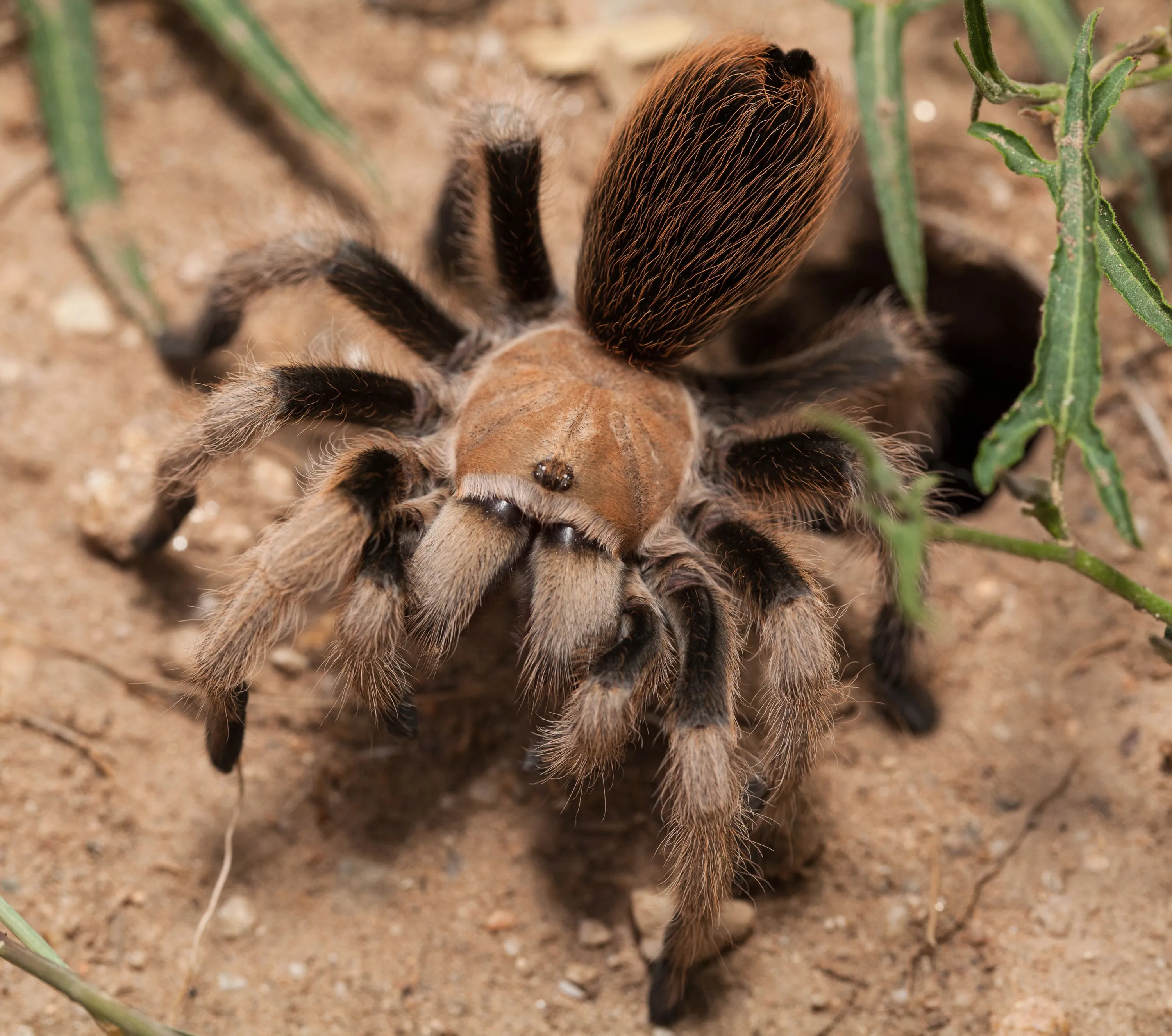
Tarantulas need access to fresh, clean water at all times. Provide a shallow water dish in the enclosure. The size of the water dish should be appropriate to prevent the tarantula from drowning. Regularly refill the water dish and clean it to prevent the growth of bacteria. You can also mist the enclosure with water, especially for species that prefer higher humidity levels. Ensure the water source is clean and free from contaminants. Provide a constant supply of fresh water, which is essential for hydration, molting, and overall health. You can monitor your tarantula’s water intake by observing if the water level decreases in the dish.
Handling and Interaction with Your Tarantula
While tarantulas can be fascinating creatures to observe, handling them should be approached with caution and respect. Many tarantulas are not suited for frequent handling, as it can cause stress and potentially lead to defensive behavior. It’s important to understand the specific temperament of your tarantula species and to prioritize its well-being. If you choose to handle your tarantula, it should be done gently and carefully, with the understanding that there is always a risk of a bite or a defensive response. Always wash your hands before and after handling your tarantula.
Safe Handling Practices
Before handling your tarantula, make sure that you’re in a safe environment, such as over a table. Approach your tarantula slowly and gently. Never grab or startle your tarantula. Allow the tarantula to walk onto your hand or gently scoop it up. Always keep your hand close to the ground or the surface to minimize the distance if the tarantula falls. Avoid handling your tarantula if it appears agitated or defensive. Never handle a tarantula after it has just eaten, as it may be more prone to biting. Children should always be supervised when interacting with tarantulas. When handling a tarantula, do not attempt to restrain it, which can cause injury.
Understanding Tarantula Behavior
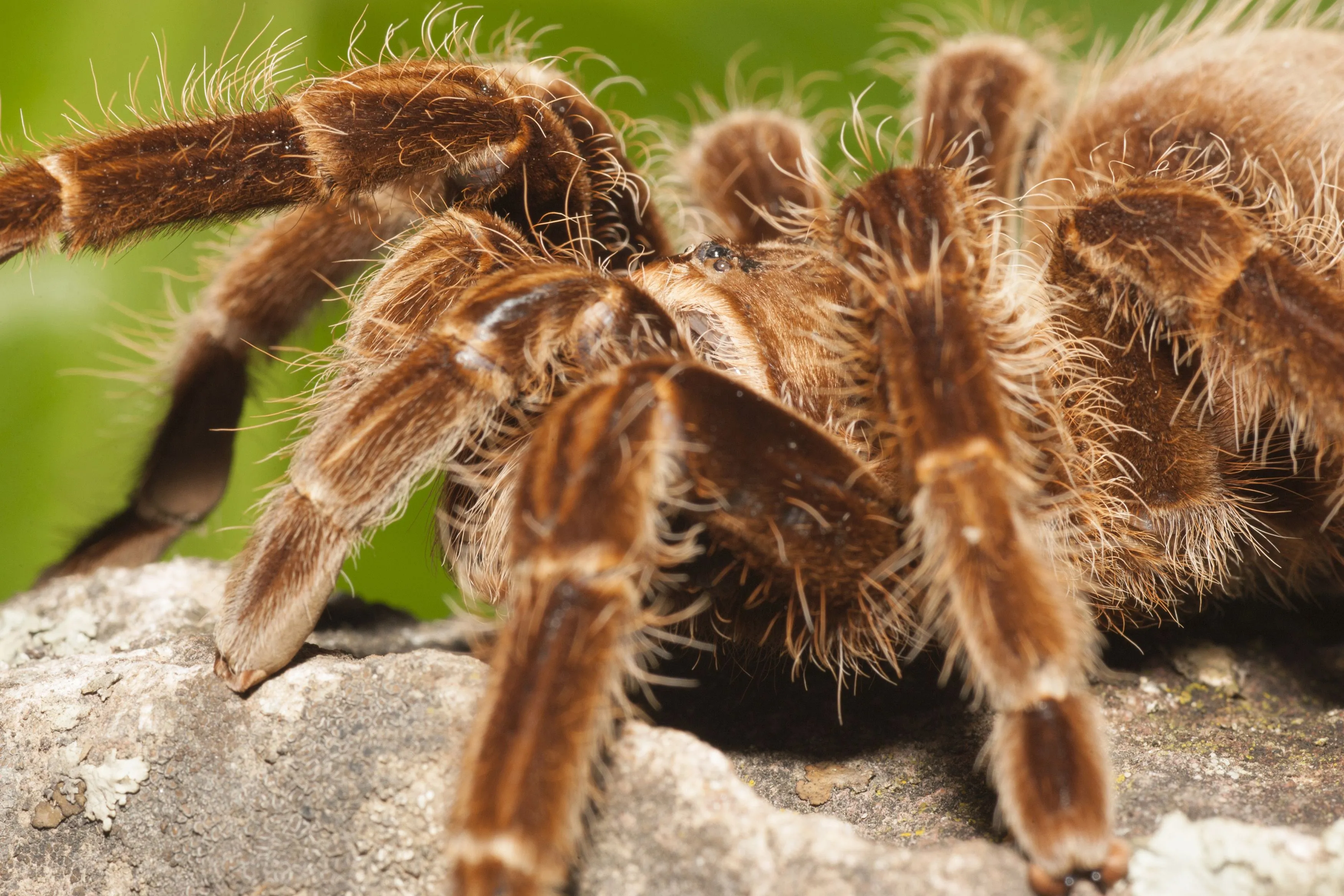
Observe your tarantula’s behavior to understand its mood and well-being. Tarantulas may exhibit various behaviors, such as flicking hairs, raising their front legs, or displaying their fangs. Familiarize yourself with these behaviors to recognize signs of stress or defensiveness. Tarantulas may also exhibit specific behaviors during molting, such as refusing food and spending more time in their hide. Recognizing these signs can help you avoid handling your tarantula at inappropriate times. Understanding the natural behavior of your tarantula is essential for providing the best care and minimizing any potential risks.
Recognizing Signs of Stress
Tarantulas may exhibit several signs of stress, including flicking hairs, a defensive posture, or attempting to escape the enclosure. If your tarantula displays these signs, it’s important to leave it alone and allow it to retreat to its hide. Other signs of stress include loss of appetite, lethargy, or changes in coloration. Ensure that the enclosure is set up properly, with the appropriate temperature, humidity, and hiding places. Make sure that the tarantula is not being exposed to loud noises or other disturbances. If you notice any signs of stress, review your husbandry practices and make any necessary adjustments. Providing a stress-free environment will enhance your tarantula’s well-being.
Health and Common Issues
Tarantulas are generally hardy creatures, but they can be susceptible to various health issues. Understanding these issues and how to address them is critical for ensuring the long-term health of your pet. Regular observation, preventive care, and a willingness to seek veterinary assistance when needed will contribute significantly to the health and longevity of your tarantula. It is recommended that you have a vet in the area that is familiar with arachnid care.
Identifying and Treating Common Ailments
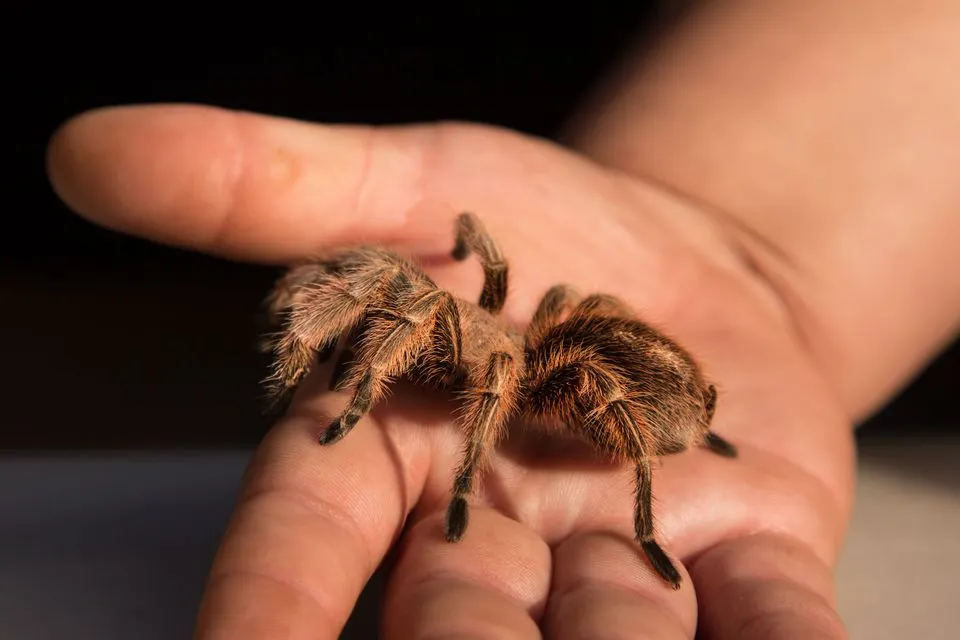
Some common health issues that tarantulas may experience include mites, fungal infections, and injuries. Mites are tiny parasites that can infest tarantulas, causing irritation and potentially transmitting diseases. Inspect your tarantula regularly for signs of mites, such as small, moving specks on the tarantula’s body. Fungal infections can occur if the enclosure is too humid or poorly ventilated. Symptoms include discoloration of the tarantula’s exoskeleton. Injuries can occur during molting or from falls. If you notice any signs of illness or injury, consult with a veterinarian experienced in exotic animal care. Avoid self-treating. Early detection and prompt treatment are key to successful management of these conditions.
Preventative Care and Maintenance
Regular cleaning and maintenance of the enclosure are essential for preventing health issues. Remove any uneaten food and fecal matter regularly. Clean the water dish and replace the substrate as needed. Maintain the appropriate temperature and humidity levels for the species. Ensure the enclosure is well-ventilated to prevent the buildup of mold and mildew. Practice good hygiene when handling your tarantula. Wash your hands thoroughly before and after handling. Provide your tarantula with a balanced diet, including a variety of insect prey. A healthy diet supports the tarantula’s immune system. By implementing preventative measures, you can reduce the risk of your tarantula becoming ill. Preventive care is always better than treatment.
Finding a Veterinarian
Locate a veterinarian experienced in exotic animal care, particularly arachnids, before you need it. Research local veterinarians and inquire about their experience with tarantulas and other invertebrates. Make sure that the veterinarian has experience with exotics, as some vets do not. It’s also helpful to find a vet before your tarantula gets sick, so you will be prepared in case of an emergency. Having a veterinarian prepared will help ensure that your pet gets the best possible care if it requires medical attention. Look for veterinarians with specialized knowledge and equipment to deal with tarantula-specific health issues. Establish a relationship with the veterinarian and seek their advice on preventative care and any health concerns.
Breeding Considerations
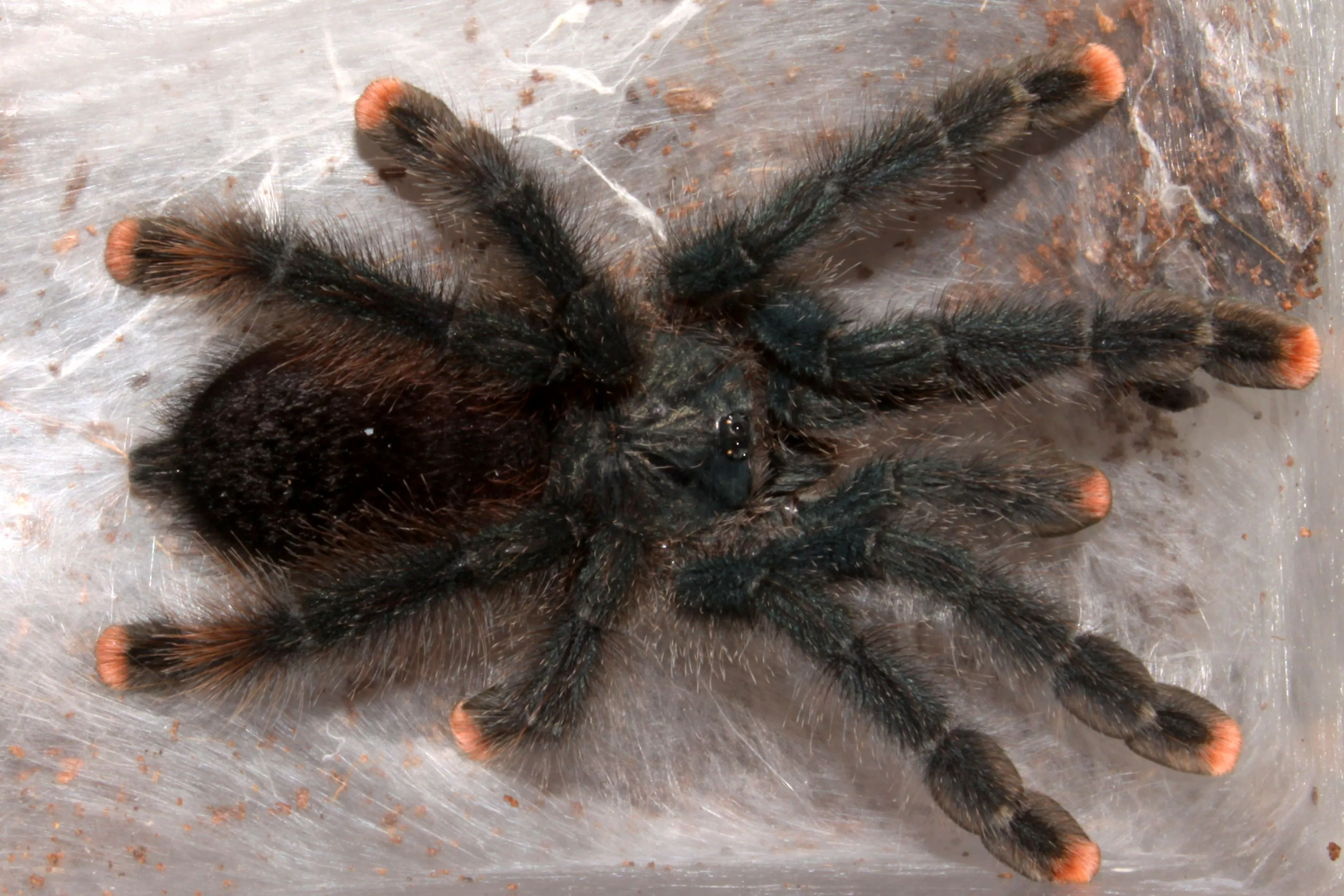
Breeding tarantulas is a complex and demanding process that requires extensive knowledge and preparation. It’s important to consider ethical and practical aspects before attempting to breed tarantulas. You should be aware of the challenges involved, including the time and resources necessary. Responsible breeding practices are crucial to ensure the health of the tarantulas and the well-being of any offspring. Understanding the process and legal considerations is essential for anyone thinking about breeding tarantulas.
Understanding the Process
Breeding tarantulas begins with selecting healthy, mature adults of the same species. The process involves introducing the male to the female’s enclosure under controlled conditions. After mating, the female will typically produce an egg sac, which she will guard until the spiderlings hatch. The eggs can be incubated and raised separately to avoid cannibalism. Breeding tarantulas involves specialized knowledge of the specific species and their mating behaviors. It is best to research the specific requirements. Careful monitoring of the female and the egg sac is important. It also includes creating an appropriate environment for the development of the spiderlings. Success in breeding requires a deep understanding of tarantula biology and behavior. Be prepared for the long-term commitment of caring for multiple tarantulas.
Legal Considerations
Before breeding tarantulas, investigate any legal considerations in Ontario. Ensure you comply with any permits or licenses required for breeding exotic animals. Research local regulations regarding the sale or trade of tarantulas. Be aware of any restrictions on the specific species you intend to breed. You must adhere to the highest ethical standards. Proper registration or permits, if required, should be obtained to maintain compliance. Selling or trading tarantulas may require specific licenses or adherence to animal welfare guidelines. Compliance with legal regulations is crucial to avoid penalties or legal issues. Always prioritize ethical breeding practices.
Caring for a pet tarantula in Ontario can be an enriching experience. By following the guidelines in this guide, you can provide a safe, healthy, and stimulating environment for your eight-legged companion. Remember that responsible pet ownership involves ongoing research, observation, and a commitment to providing the best possible care. Enjoy the unique experience of owning a pet tarantula. With the right knowledge and dedication, you can enjoy the fascinating world of these amazing creatures for years to come. Enjoy the process of learning, and continue to educate yourself on the specific needs of your pet tarantula. Your dedication will result in a healthy and happy tarantula, and a rewarding journey into the world of arachnids.
